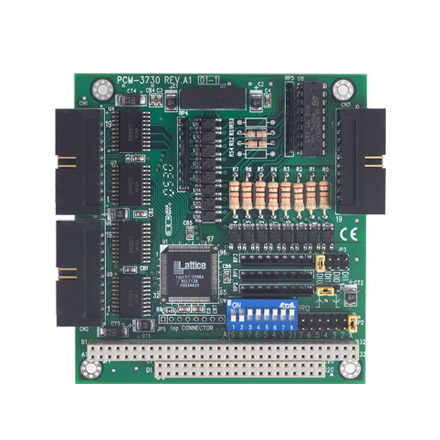

Exploring Decorative Glass Types Enhancing Aesthetics and Functionality
Decorative glass, with its versatility and aesthetic appeal, has become an essential component in modern architecture and interior design. Whether used in windows, partitions, or artistic installations, decorative glass types can transform spaces and create unique visual experiences. This article explores various types of decorative glass, their characteristics, and their applications.
1. Stained Glass A Timeless Classic
Stained glass is one of the most recognizable forms of decorative glass. Traditionally associated with cathedrals and historical buildings, stained glass consists of colored glass pieces held together by lead came. Artists often create intricate designs, using the translucence of the glass to play with light and color. Beyond religious settings, stained glass can be used in contemporary homes to add a touch of elegance to doors, windows, and room dividers.
2. Etched Glass Subtle Elegance
Etched glass is created by sandblasting or using acid to remove portions of the glass surface, resulting in a frosted appearance. This type of decorative glass is ideal for achieving privacy while maintaining light transmission. Commonly used in bathroom windows, office partitions, and shower enclosures, etched glass can be customized with various patterns and designs, making it a practical and stylish choice.
Fused glass involves layering different colored glass pieces and melting them together in a kiln. This technique allows for the creation of vibrant, multifaceted designs with depth. Fused glass is often used for decorative panels, art pieces, and even jewelry. Its versatility and the endless possibilities in design make it a popular choice among artists and designers looking to add unique elements to their projects.
4. Decorative Laminated Glass Safety Meets Style

Laminated glass consists of two or more layers of glass bonded together with a transparent interlayer. This type of glass not only provides enhanced safety but also offers opportunities for decorative customization. The interlayer can be tinted or printed with various designs, allowing for creative expression while increasing durability. Common applications include railings, skylights, and facades, where both safety and aesthetics are paramount.
5. Glass Mosaics Color and Texture
Mosaic art, using small pieces of colored glass to create intricate patterns, can also be classified as decorative glass. These mosaics are often used in artistic installations, fountains, and murals, providing texture and depth to surfaces. Glass mosaics allow for stunning color combinations and designs that can enhance any environment, from residential settings to public spaces.
6. Colored Glass Vibrancy in Simplicity
Colored glass is straightforward yet impactful. Available in various colors and transparencies, it is often used in windows, glassware, and lighting fixtures. By introducing colored glass elements, designers can create striking focal points or maintain a cohesive color scheme throughout a space. The simplicity of colored glass contributes to its timeless appeal.
7. Mirror Glass Reflective Beauty
While primarily functional, mirror glass can also serve as a decorative element. The reflective qualities of mirror glass can enhance lighting and create the illusion of larger spaces. Designers often incorporate mirrored surfaces in furniture, walls, and accent pieces to add sophistication and depth to interiors.
Conclusion
Decorative glass types offer an array of possibilities for enhancing the visual appeal and functionality of various spaces. From the intricate artistry of stained and etched glass to the vibrant combinations found in fused glass and mosaics, each type brings its unique charm. As architects and designers continue to explore innovative ways to incorporate decorative glass, we can expect to see even more creative applications in the future, further enriching our environments with beauty and light.